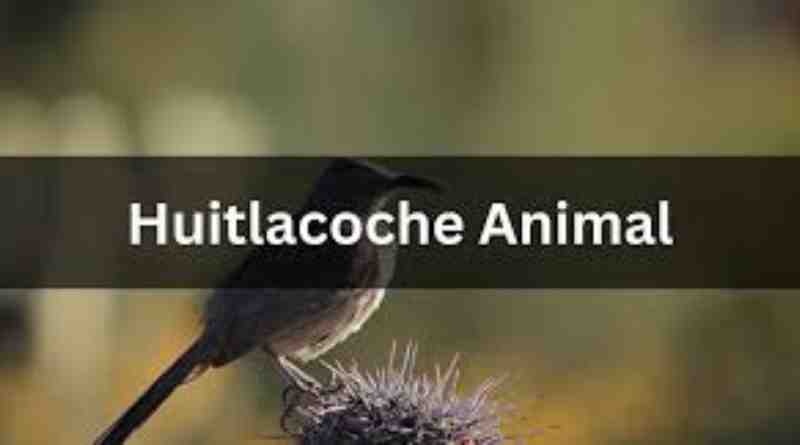Introduction
The huitlacoche animal, often misunderstood and shrouded in mystery, is a fascinating subject within the natural world. Toxostoma cinereum, primarily known for its unique association with the corn smut fungus known as huitlacoche in culinary circles, embodies a blend of intrigue and scientific wonder. This article embarks on an explorative journey to demystify the life, habitat, and ecological significance of this elusive creature, providing a detailed narrative that enriches our understanding and appreciation of its role in the environment.
Understanding Huitlacoche: A Brief Overview
Before delving deeper into the enigmatic life of Toxostoma cinereum, it’s crucial to clarify the term “huitlacoche.” Traditionally, huitlacoche refers to a type of corn fungus highly regarded in Mexican cuisine for its earthy flavor and nutritional value. However, in the context of Toxostoma cinereum, “huitlacoche animal” signifies a unique species whose life is intimately connected with the habitats influenced by this fungus. This section will illuminate the biological and ecological aspects of huitlacoche, setting a foundation for understanding the animal’s distinctive niche.
The Habitat of Toxostoma cinereum
Toxostoma cinereum, a species whose existence is intricately tied to specific ecological settings, thrives in areas where the huitlacoche fungus proliferates. These environments are characterized by their rich biodiversity, including a variety of flora and fauna that contribute to the complex ecosystem. The habitat section will explore the geographical distribution, climatic conditions, and the ecological dynamics that define the home of this enigmatic creature, providing insights into the factors that influence its survival and behavior.
Morphology and Behavior
Delving into the physical attributes and behavioral patterns of the huitlacoche animal reveals much about its survival strategies and ecological role. This section will describe in detail the morphology of Toxostoma cinereum, including its size, coloration, and anatomical adaptations that enable it to thrive in its unique habitat. Additionally, the article will explore the various behaviors exhibited by this animal, from its feeding habits and reproductive cycle to its social structure and interactions with other species, painting a comprehensive picture of its life.
The Ecological Significance of Toxostoma cinereum
Toxostoma cinereum is not just a biological curiosity but plays a significant role in its ecosystem. This section will analyze the ecological importance of the huitlacoche animal, discussing its impact on the proliferation of the huitlacoche fungus, its role in the food web, and its contributions to the overall health and stability of its habitat. Understanding the ecological significance of this species not only highlights its importance but also underscores the need for its conservation.
Conservation Status and Challenges
Despite its fascinating nature, the huitlacoche animal faces several threats that jeopardize its existence. This section will outline the conservation status of Toxostoma cinereum, detailing the challenges it encounters, including habitat loss, climate change, and human activities. Furthermore, the article will discuss ongoing conservation efforts and strategies implemented to protect and preserve this unique species, emphasizing the role of scientific research, community involvement, and sustainable practices in ensuring its survival.
Scientific Research and Future Directions
The study of Toxostoma cinereum and its association with the huitlacoche fungus is a field ripe with opportunities for scientific inquiry. This section will highlight the current state of research on the huitlacoche animal, summarizing key findings and identifying gaps in our knowledge. It will also discuss the potential future directions for research, considering how advancements in technology and methodology might uncover new aspects of this species’ biology and ecology, further unraveling the mysteries of the huitlacoche enigma.
Conclusion
Toxostoma cinereum, the huitlacoche animal, stands as a testament to the complexity and wonder of the natural world. Through this comprehensive exploration, we have unveiled the various facets of its existence, from its unique relationship with the huitlacoche fungus to its ecological importance and the challenges it faces. As we continue to study and protect this remarkable species, we not only enhance our understanding of biodiversity but also affirm our commitment to preserving the intricate tapestry of life on Earth.
In the realm of natural mysteries, the huitlacoche animal exemplifies the beauty and intricacy of ecological interdependence. As this article concludes, it is hoped that the information provided sparks further curiosity and respect for Toxostoma cinereum and its place in the natural world, inspiring continued exploration and conservation efforts for this and countless other species that contribute to the rich diversity of our planet.
Read also: check

